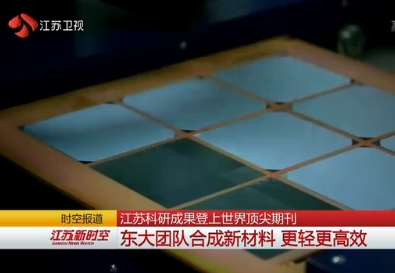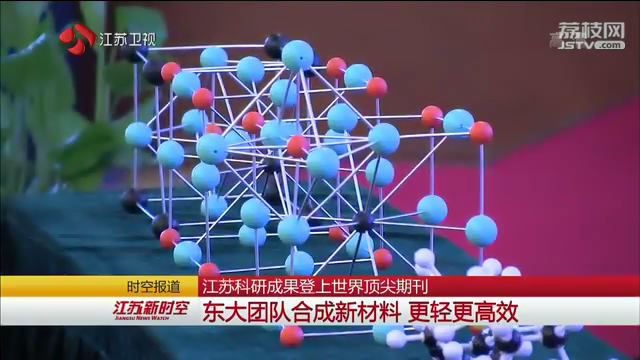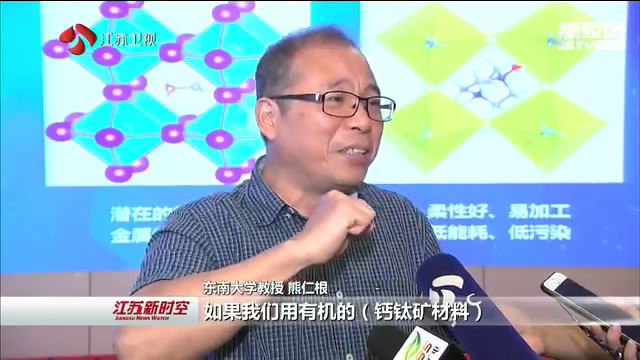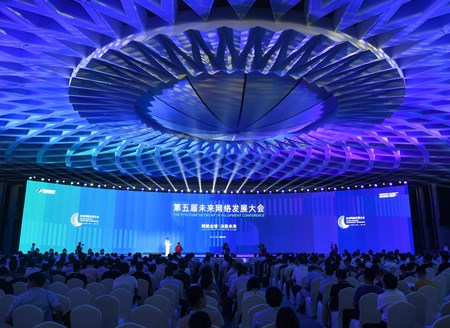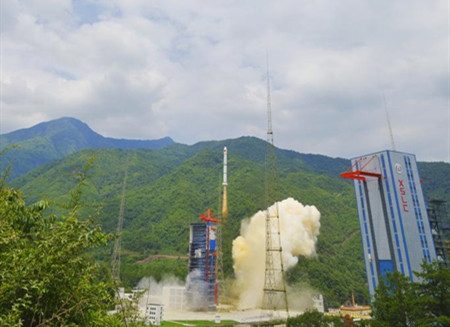As one of the most abundant minerals in the world, perovskites are known as "the new material darling from the underground 2.5 million meters." Professor Xiong Rengen and his team of Southeast University used artificial force to synthesize a new all-organic perovskite that is more economical and environmentally friendly than natural perovskites. This achievement was published in Science.
Perovskite was named one of the top 10 scientific breakthroughs in the world by Science magazine in 2013. It has been estimated that the cost of existing silicon solar cells is about $0.70 per kWh, and the cost of perovskite solar cells is about $0.35 per kWh. Such features as low cost, high efficiency, light and thin has made perovskites a new material with unlimited potential. However, traditional perovskites are difficult to process and contain heavy metals, which are prone to environmental hazards.
In hopes of one day replacing silicon-based photovoltaic cells, which are relatively expensive and require a lot of energy to make, scientists have turned to hybrid organic-inorganic lead halide perovskites that can be developed at a lower cost using less energy than silicon. The efficiency of these materials has increased rapidly over the past several years. But further improving the efficiency requires stacking two sub-cells with the top one exhibiting a wide bandgap and the bottom a low bandgap to form a tandem cell. The bandgap refers to the lowest energy of light that a semiconductor can absorb. The performance of low-bandgap perovskite cells has been lagging for many years.
The all-organic new perovskite material synthesized by the Xiong Rengen’s team over a decade has completely separated from the metal toxicity of natural perovskites, and is lighter and softer.
For their solar cells, the researchers developed a new precursor solution combining formamidinium tin iodide and methylammonium lead iodide. The resulting tin-lead perovskite cells had low bandgaps and up to 15 percent power conversion efficiency. Other teams recently reported low-bandgap cells with about 13.6 percent efficiency. Additionally, the cells contained 60 percent less lead than the lead-based, single-junction non-tandem perovskite solar cell holding the current record efficiency of 22.1 percent. The reduction in lead content and improved efficiency for a low-bandgap cell represent a significant step toward practical, more environmentally friendly perovskite tandem solar cells, the researchers say.
In the future, this artificially prepared new material can be used in the field of optical components and machinery, as well as in the medical and health fields such as wearable devices and implanted devices.
(Source: Jiangsu International Channel)
